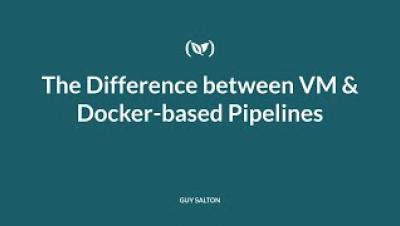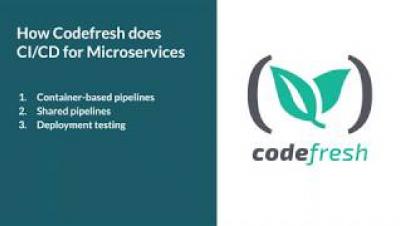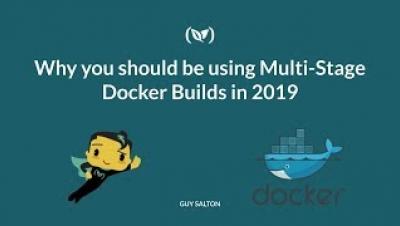Operations | Monitoring | ITSM | DevOps | Cloud
Codefresh
Crafting the perfect Java Docker build flow
What is the bare minimum you need to build, test and run your Java application in Docker container? The recipe: Create a separate Docker image for each step and optimize the way you are running it. I started working with Java in 1998, and for a long time, it was my main programming language. It was a long love–hate relationship. During my work career, I wrote a lot of code in Java. Despite that fact, I don’t think Java is usually the right choice for microservices.
Calling Codefresh pipelines from Github actions
At Codefresh we are all about collaboration and reusing existing standards instead of implementing proprietary solutions. A Codefresh pipeline is based on a series of Docker containers that act as individual steps. All Codefresh plugins are also just Docker images which means that extending a Codefresh pipeline is the same thing as writing a Dockerfile. Github has recently announced an integrated automation solution called Actions.







